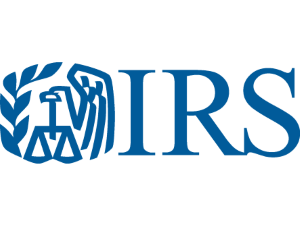What is the 990?
The 990 is an annual document that public charities and foundations use to report specific financial and operational information to the federal government.
Religious organizations and organizations with gross receipts of less than $25,000 per year are not required to file annual information returns. Most public charities and foundations fall into one of those two categories.
All other public charities and foundations, however, are required to file one of the following:
- 990 (for organizations with annual receipts of more than $100,000 or total assets more than $250,000)
- 990-EZ (for organizations with annual receipts of less than $100,000 and total assets less than $250,000)
NOTE: Corporate giving programs, which give many grants annually in the United States, do not file IRS Forms 990 because their detailed financial information is filed under the corporation's tax returns. The information on a corporate giving program is often found in the corporation's annual report.
How to View a Funder's 990
Our funder profiles provide a link to the related profile on ProPublica. They are a news resource that posts all 990s that have been processed and posted by the IRS. Their listings includes forms that aren't posted in PDF form on the IRS website; these are then rendered to look like the form to make them easier to review.
Another option to acquire the information is to directly ask the funder to email you a copy of their latest 990.
What the 990 Provides
The 990 provides detailed financial information such as sources of revenue, a summary of an organization's expenditures, and changes in net assets or fund balances. The 990 also includes the amount of direct and indirect public support an organization receives, and the amount of contributions it receives from federal, state, and local governments.
Most funders include details on their charitable giving for the previous year. This will often include a list of grantees, their location, the amount given, and for what reason (e.g., general support, building funds, project support, etc.). It will usually include their total annual giving. This is in Part XV of the 990, which is typically on page 11, but it might be later in the document or included as an addendum.
Check to see if the grants given match your own funding priorities. This list may help determine if you should include a funder in your funding strategy. Keep in mind that an organization's financial information is more useful if examined over a longer period of time. One year's 990 presents only a limited amount of information, so we recommend that you review the three most recent 990s to get a broader picture of the funder’s giving priorities and programs.
Want to Learn More About a Funder’s Finances?
You can learn more about a funder’s total assets, liabilities, and fund balances by going to Part I, Lines 20-22. For a breakdown of assets and liabilities, go to Part X, the Balance Sheet. If you’re reviewing a 990-EZ, go to Part II.
For information about donor-advised funds, go to Schedule D, Part I, which includes the total number of funds as well as the aggregate value at the end of the year and the value of contributions and grants.
If you would like to learn more about a funder's endowment funds, go to Schedule D, Part V, which includes the beginning-of-year and end-of-year balances, contributions, grants or scholarships, administrative expenses, and so forth.
If you want to learn if they give program-related investments, go to Schedule D, Part VIII.
Want To Learn More About a Funder's Board of Directors and Other Leadership?
The names of the current officers, directors, and trustees and their compensation, if any, is available on 990 at Part VII, Section A. On 990-EZ, go to Part IV.
What the 990 Does NOT Provide
The 990 does not provide a complete picture of a funder’s giving priorities and programs. The 990 was created not to help the public, but to help the IRS determine if the filing organization is staying true to its philanthropic intentions. Therefore, the 990 is only part of a much larger picture and grantseekers are encouraged to contact the funder directly for more detailed information.
